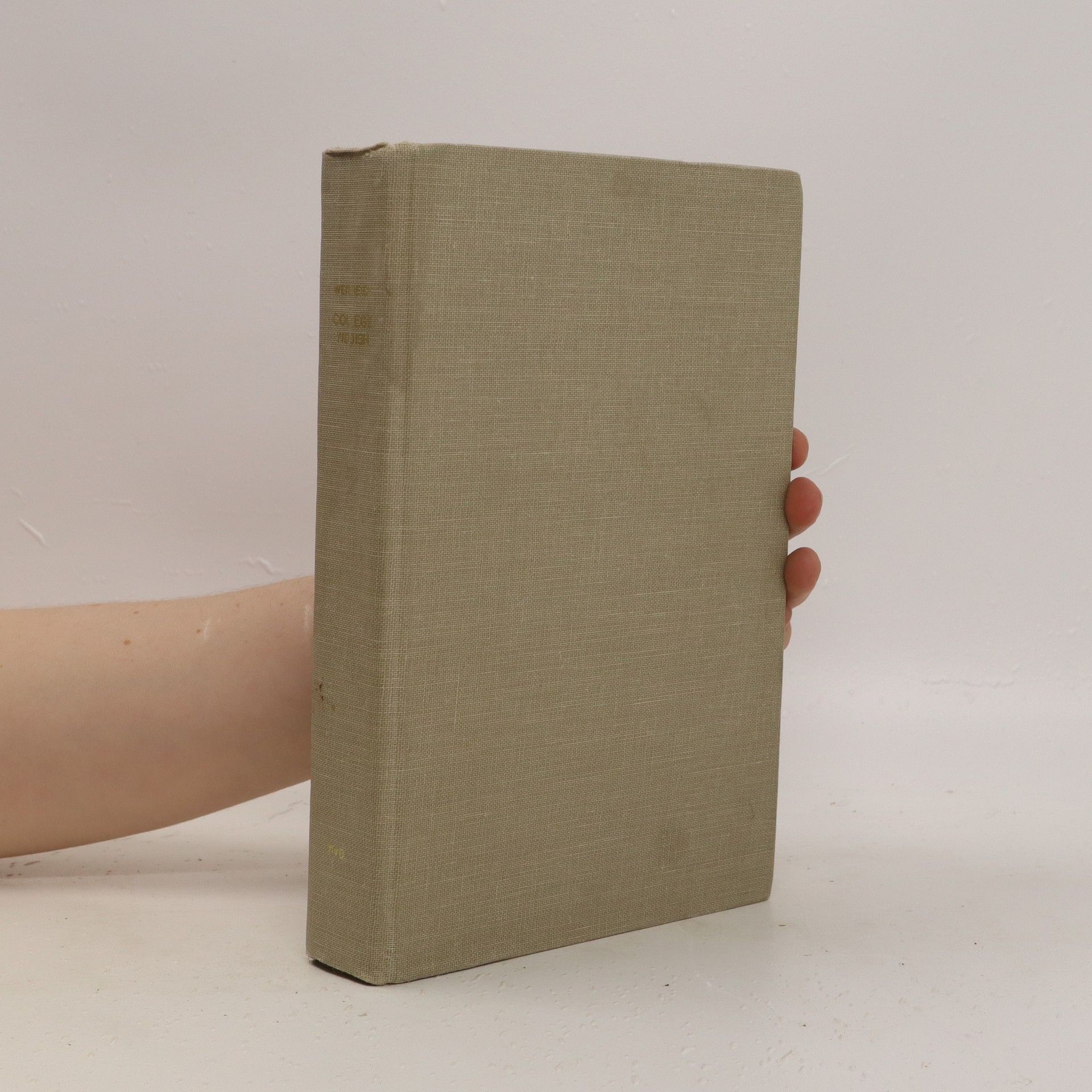Yiddish: Biography of a Language presents the story of the foundational vernacular of Ashkenazi Jews, from its origins to the present, spoken around the world. This book examines the uses of Yiddish and values invested in it to trace the dynamic interrelation of the language, its speakers, and their cultures.
Jeffrey Shandler Boeken



Focusing on the efforts of immigrant Jewish scholars in 1940s New York, the narrative explores their ambition to establish a museum honoring the lost world of East European Jewry. Amidst the Holocaust, these scholars aimed to document and educate about their heritage through the Museum of the Homes of the Past. Historian Jeffrey Shandler delves into the museum's conception, challenges, and eventual abandonment, highlighting the complex relationship between its European subjects and American context, as well as the broader implications of creating memorials in response to collective tragedy.